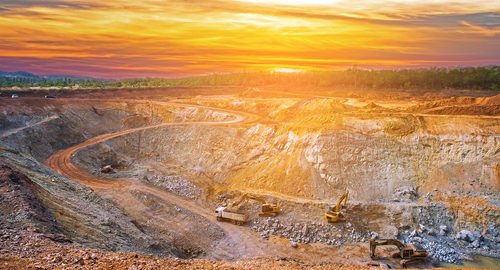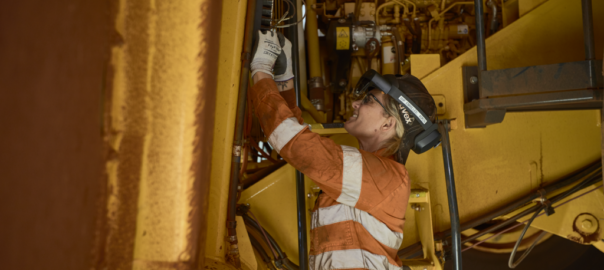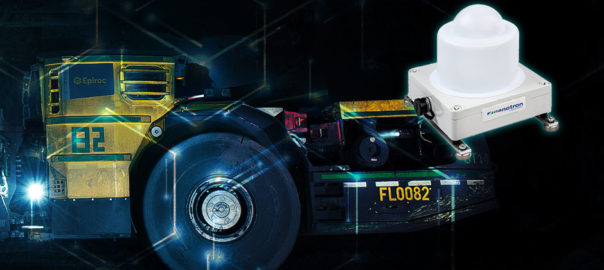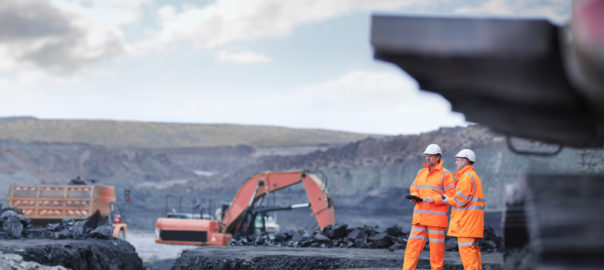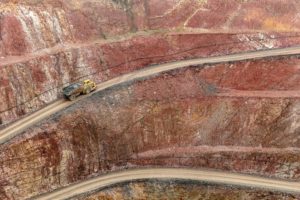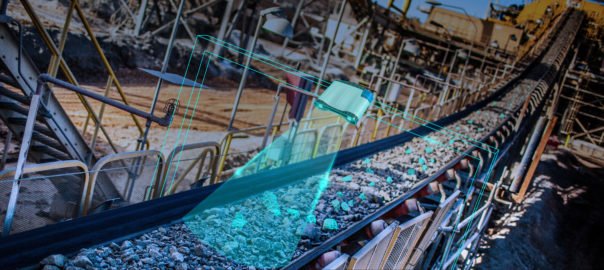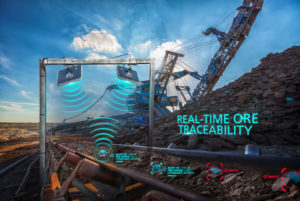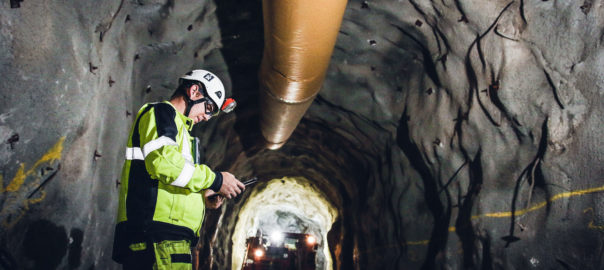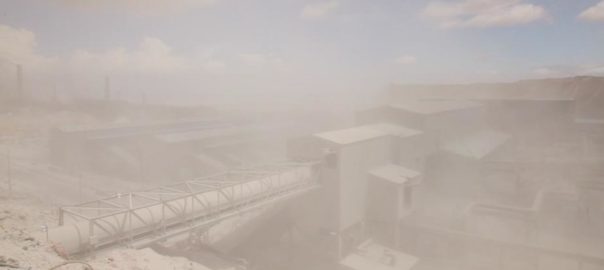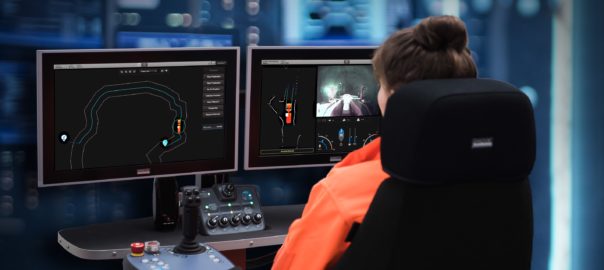Chrysalix Venture Capital, a global venture capital fund with a history of commercialising innovation for resource intensive industries, has announced Hitachi Construction Machinery Co Ltd has invested in the Chrysalix RoboValley Fund.
Hitachi Construction Machinery, a leading manufacturer of construction and mining equipment, joins a cluster of mining and metals players such as South32, Severstal and Mitsubishi Corp in the fund, and “will leverage Chrysalix’s extensive network in the mining field to strengthen open innovation by connecting with start-ups that possess the latest technologies for mining in areas such as robotic systems, IoT, AI and data analytics”, the company said.
“Chrysalix has made step-change innovations in the metals and mining, manufacturing and machinery industries, through digital solutions and advanced robotics technologies, a major theme of our fund, and we are delighted to welcome Hitachi Construction Machinery to the Chrysalix RoboValley Fund,” Alicia Lenis, Vice President at Chrysalix Venture Capital, said.
Just some of the companies included in Chrysalix’s portfolio include Novamera, which is developing its Sustainable Mining by Drilling technology for narrow-vein mines; and MineSense Technologies, a Vancouver-based start-up developing real-time, sensor-based ore data and sorting solutions for large-scale mines.
Naoyoshi Yamada, Chief Strategy Officer at Hitachi Construction Machinery, said: “We identified Chrysalix as having a valuable network of start-ups in its global innovation ecosystem, and a unique window on innovation opportunities in the mining industry.
“With the trends toward digitalisation, the autonomous operation and electrification of mining machinery, as well as the growing need for solutions to streamline and optimise not only mining machinery but also overall mining operations, many start-ups offer novel technologies and services, and our investment in the Chrysalix RoboValley Fund will enable Hitachi Construction Machinery to tap into these new breakthroughs.”
The Chrysalix RoboValley Fund, Chrysalix says, seeks to achieve significant returns for its investors by enabling resource intensive industries, including energy, mining, construction, infrastructure and mobility, to tap into innovation from high growth start-ups.







